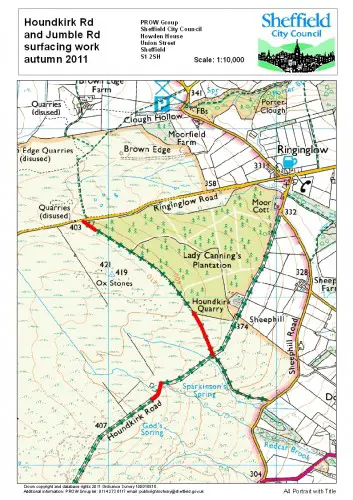Article taken from the Derbyshire Times who explain the situation better than I:-
THE
Peak District National Park Authority,
one of two national park authorities chosen by the Government to pilot
direct elections, is recommending that all 22 of its council and parish
members should be considered for election.
The Department for Environment, Food and Rural Affairs (Defra) asked
the Peak District and the New Forest to pilot direct elections following
a review of the governance of England’s 10 national parks, the results
of which came out last month.
At present, the Peak District National Park Authority is governed by
30 members, 16 of whom are councillors appointed by district, county and
city councils within the national park, six elected by parish councils
within the park, and eight appointed by the Defra Secretary of State for
their national expertise.
Defra has already ruled out applying direct elections to the
Secretary of State-appointed members, who are recruited as experts on
major national park issues such as cultural heritage, landscape
conservation, recreation management and planning.
But Defra has asked for the Authority’s views on how many council or
parish members should be directly elected, without increasing the
overall size of the Authority.
A majority of members decided it would be wrong to be selective about
asking council or parish members to give up their seats, and
therefore all 22 should be put forward, and it would be up to Defra to
decide.
They also voted on the principles on which direct elections should be held:
•That local residents achieve a greater sense of ownership of Authority decisions
•That elections do not damage the working relationships with local authorities or parish councils
•That the most cost-effective and efficient process should be identified
• That the costs of holding elections should not be borne by the Authority.
At present, only two out of the UK’s 15 national parks have a
proportion of their members directly elected – both in Scotland – the
Cairngorms and Loch Lomond & the Trossachs. In each case they are
community members, their equivalent of parish members.
